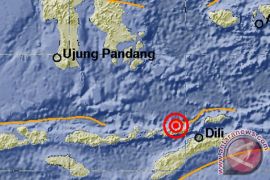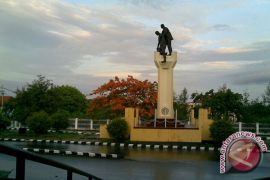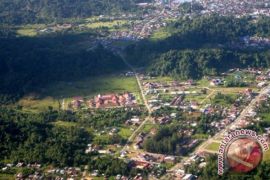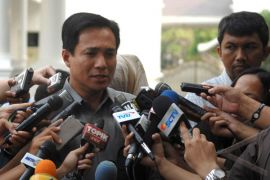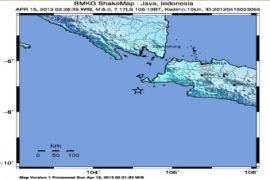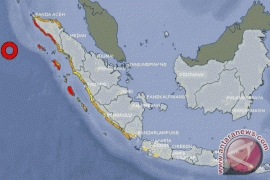The quake struck at around 4:47 pm (2247 GMT), 25 kilometers (16 miles) northwest of San Jose, according to the US Geological Survey, which gave its magnitude as 6.0.
It was felt with particular intensity in San Jose`s western Escazu and Santa Ana neighborhoods, upscale areas where many diplomats and foreign business executives have their homes.
"It broke all the glasses in my bar," said an Argentine resident who lives on the sixth floor of a building in Escazu.
Residents in the area around the San Jose International Airport reported power outages that impacted traffic lights during the daily rush hour.
Cellphone service was disrupted in some areas, and some small landslides were reported on the road connecting the capital to the Pacific coast.
"It felt very strong. Some of the tiles on the houses in the condominium fell. People ran outside, frightened," said Carolina Diaz, a Chilean who lives in the center of the city.
Local media reported that the shock waves were felt along the country`s Pacific coast, and less strongly on the Caribbean side of the country.
The quake occurred at a depth of 70 km (43.5 miles).
Juan Segura, the director of Costa Rica`s Volcanology and Seismology Observatory, said it was caused by the impact of the Coco and Caribe plates.
He said it was the most serious earthquake in Costa Rica since a 6.2-magnitude quake in January 2009 that killed 23 people and destroyed dozens of houses in Volcan Poas, a tourist area 40 kilometers (25 miles) from the capital.
That quake was the strongest to hit the popular ecotourism and beach holiday destination in 150 years.
The Costa Rican Red Cross appealed for calm, and urged the public "to remain on alert in case of aftershocks."
(U.H-RN)
Editor: Priyambodo RH
Copyright © ANTARA 2011
